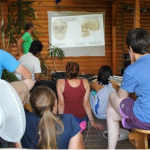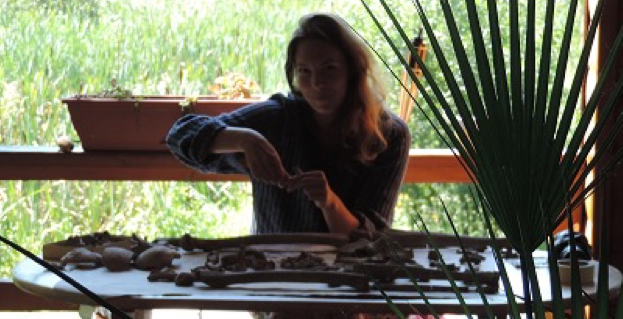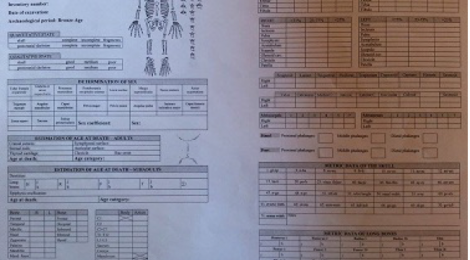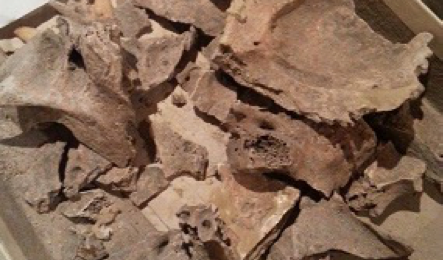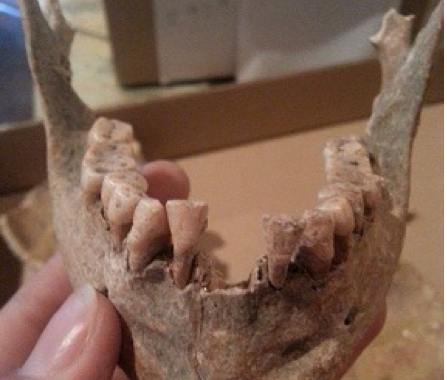Blog post by Agata Kostrzewa
At this point, I’ve already been here in Veszto for five weeks. My student project is almost finished, and I’m kind of sad that we’re almost done. I really enjoyed my time with the BAKOTA project and the company of all these amazing people, both the mentors/experts and students involved in the project. I’m getting sentimental so I probably should stop now. I know that as you are reading this post the project will have been over for a few weeks, but in this moment we are still here and we only have four more days!
Anyway, I should start from the beginning. I came here at the beginning of July, and since then I have been working on my student project. My project is the only one that is not related with our site, Bekes 103/101, but is related to another Bronze Age cemetery, Tape-Szenteglaegeto. That’s because I’m working with inhumation burials, and in Bekes hmm… let say we don’t have very many of those.My project is about skeletal stress markers, which you can read more about those in my report later.
Basically, we analyze those markers to give us a general view on the quality of an individual’s life. Over the last few weeks, I have worked on this subject with Laszlo Paja, who is my great and very patient mentor. More specifically, the project is focused on the analysis of skeletal stress markers in order to see if people buried with richer grave goods belonged to a higher social class. This would indicate if they led a life of better quality.
So, on the first day… Just kidding. I don’t want to bore you to death. You already know what I’m doing so know maybe you want to know how I’m doing this? We used the macro morphological methods to analyze different stress markers. Moreover, we also recorded macroscopically visible bone pathologies. Essentially, I spread the skeleton on the table in anatomical order and then just stared at it for a long time.
Next, I recorded my observations in the forms below.
It may seem boring but it is incredibly fascinating-like a big puzzle and mystery to solve.
In conclusion, I’m really glad that I was able to be a part of the BAKOTA project. I had a lot of things to think about besides my main project, but because of that, I learned a lot of new things. Special thanks to my mentor Laszlo Paja, as well as the amazing anthropologists/archaeologists Jaime Ullinger, Zsolt Berecki, Julia Giblin, and the rest of the BAKOTA crew.
And now, I’m finishing this post and going back to work on my results because we only have 4 days left!

